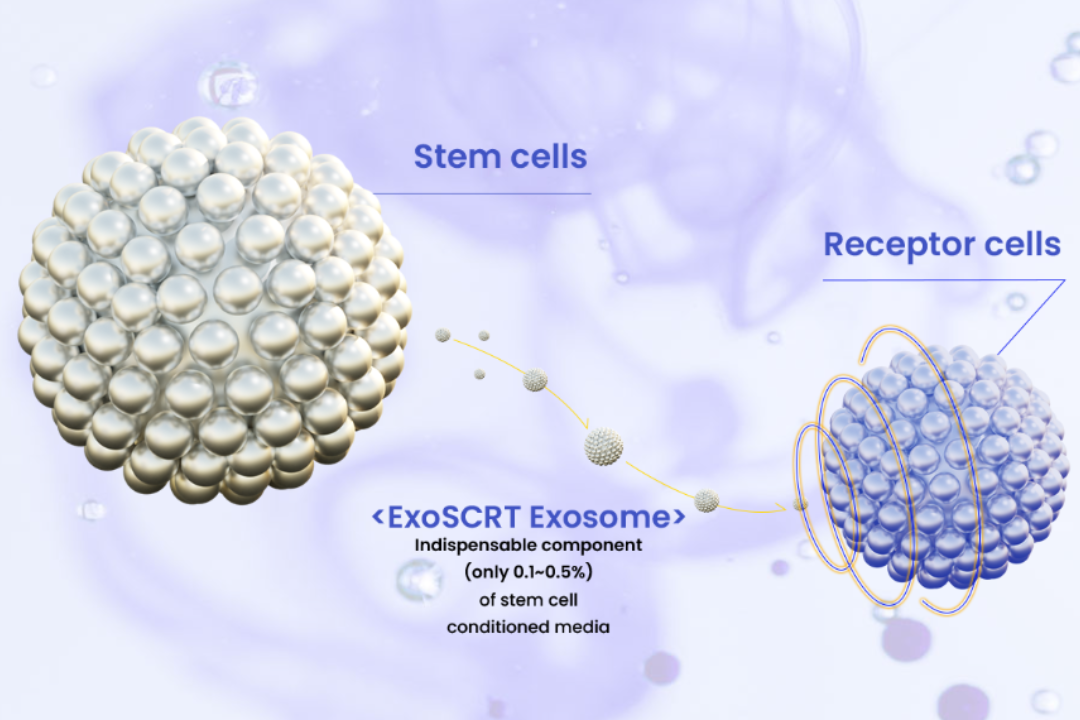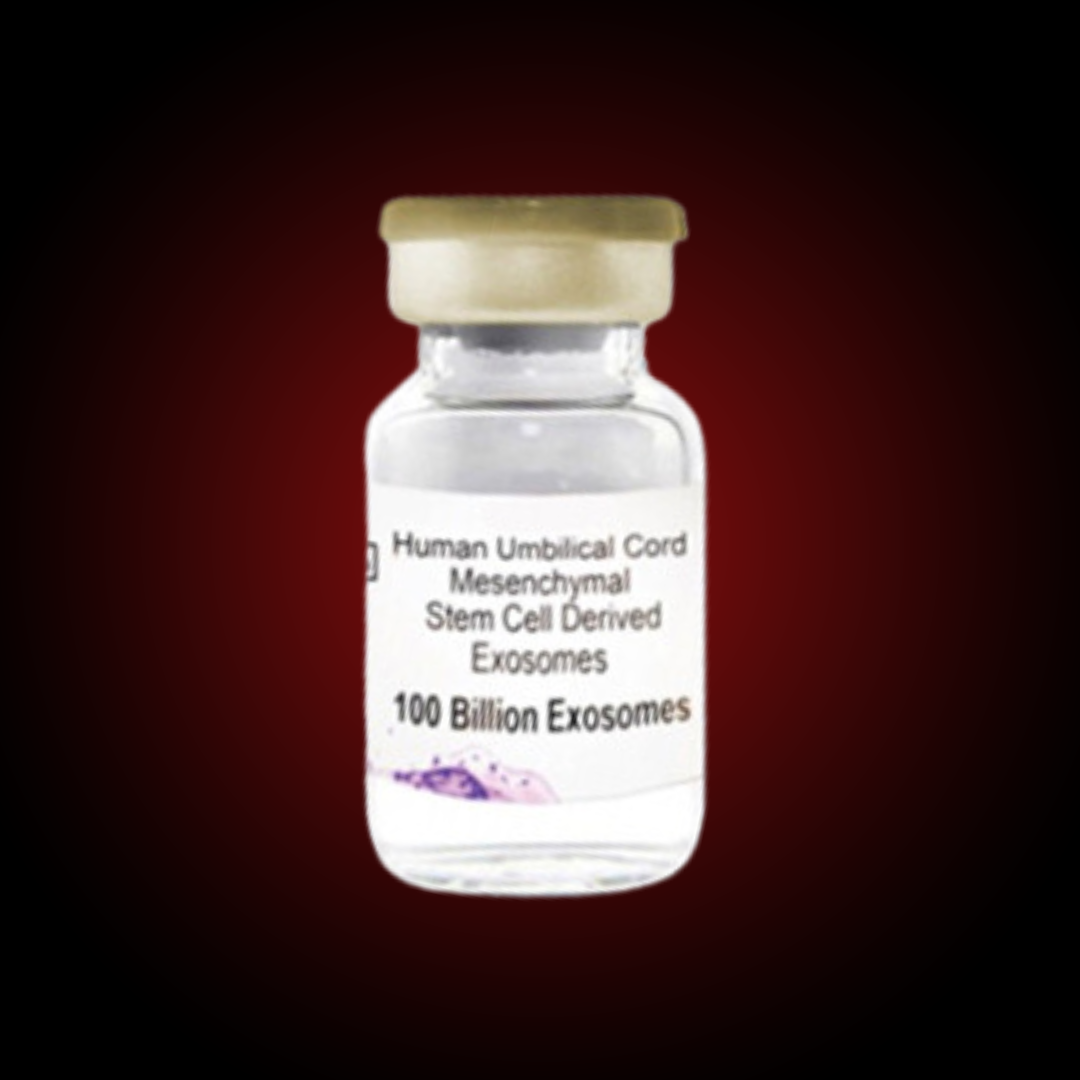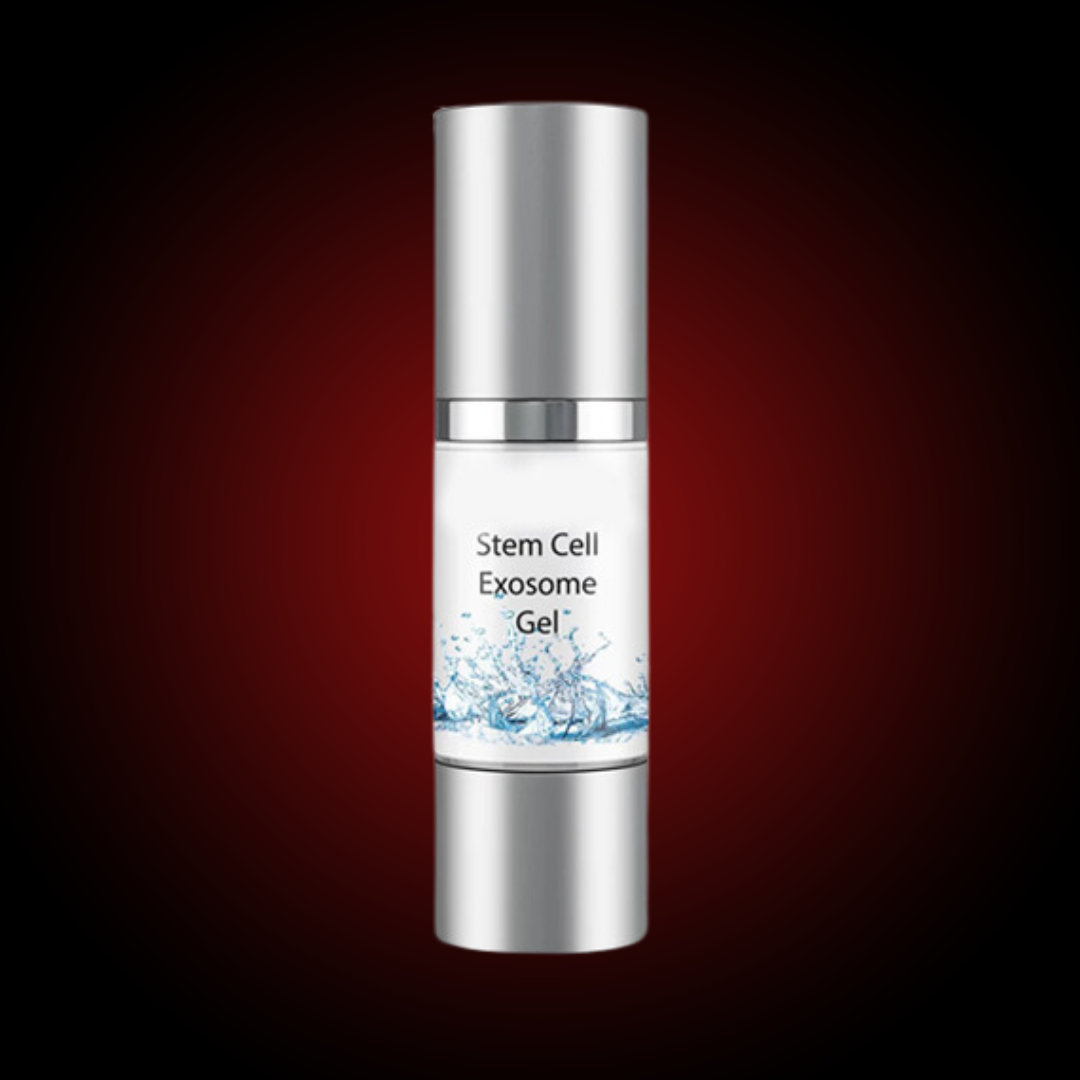How They Work
Stem cell-derived exosomes are the unsung heroes of regenerative medicine, orchestrating the body’s healing processes in a fascinating way. Here’s a closer look at how they work:
Identification of Injury: When tissue is injured, it releases chemical markers indicating the extent of damage. These markers act as distress signals.
Stem Cell Response: Stem cells, with their remarkable sensing abilities, pick up on these signals. They “know” that specific repair components are needed.
Customized Healing Components: Stem cells swing into action, producing the precise components required for healing the injured tissue. This includes growth factors, cytokines, and more.
Packaging in Exosomes: These components are meticulously packaged into tiny vesicles known as exosomes. Think of exosomes as tiny delivery vehicles loaded with healing cargo.
Guided Delivery: Exosomes are released by stem cells and migrate to the site of the injured tissue. They’re like GPS-guided messengers, pinpointing the area that needs repair.
Healing Handover: Once at the injury site, exosomes attach themselves. Then comes the magic moment when they release their healing contents directly to the injured tissue.
The result? Remarkable tissue healing and regeneration. Stem cell-derived exosomes have shown incredible efficacy in various studies, from peripheral nerve damage and traumatic brain injury to wound healing, bone fusion, and more. They possess anti-inflammatory properties and play vital roles in skin, cartilage, and bone regeneration, making them versatile assets in regenerative medicine.
Despite their proven effects, it’s worth noting that, as of now, there are no FDA-approved exosome products available in the United States. Researchers continue to explore their potential and safety in clinical applications.
This is how stem cell-derived exosomes work their magic, offering promising avenues for cutting-edge therapies and tissue repair.





